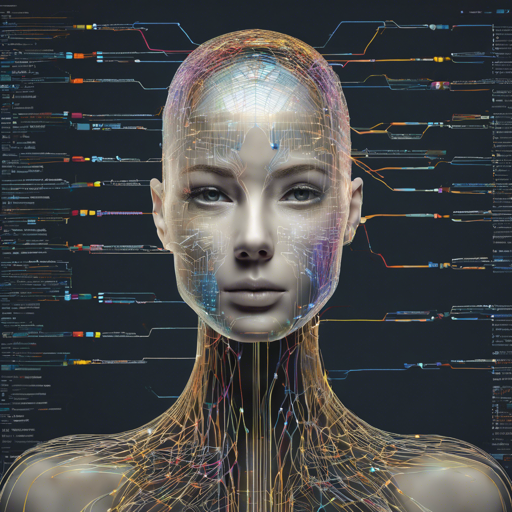In the ever-evolving world of artificial intelligence, understanding human personality through text is an intriguing challenge. This tutorial will guide you through implementing a deep learning model aimed at detecting Big-Five personality traits from textual data: Extroversion, Neuroticism, Agreeableness, Conscientiousness, and Openness. Let’s get started!
Requirements
- Python 2.7
- Theano 0.7 (Tested)
- Pandas 18.0 (Tested)
- Pre-trained GoogleNews word2vec vector
Preprocessing the Data
The first step is to prepare your data for training. You will need to run the process_data.py script, which requires three command-line arguments:
- Path to the Google word2vec file (GoogleNews-vectors-negative300.bin)
- Path to
essays.csvcontaining the annotated dataset - Path to
mairesse.csvhaving Mairesse features for each sample essay
Executing this script will generate a pickle file named essays_mairesse.p.
Example command:
sh python process_data.py GoogleNews-vectors-negative300.bin essays.csv mairesse.csvTraining the Model
Once your data is prepared, you can proceed to train the model using the conv_net_train.py script, which again requires three command-line arguments:
- Mode:
-static: word embeddings will remain fixed-nonstatic: word embeddings will be trained
- Word Embedding Type:
-rand: randomized word embedding (dimension is 300 by default; can be modified inprocess_data.py)-word2vec: 300 dimensional Google pre-trained word embeddings
- Personality Trait:
- 0: Extroversion
- 1: Neuroticism
- 2: Agreeableness
- 3: Conscientiousness
- 4: Openness
Example command:
sh python conv_net_train.py -static -word2vec 2Understanding The Code Through Analogy
Think of the whole process like baking a cake:
- Requirements: Just like you need flour, eggs, and sugar, you need Python, libraries, and word vectors.
- Preprocessing: This is akin to mixing ingredients. You prepare your data to ensure everything is in the right proportions and ready to be baked.
- Training: The baking process! You specify settings in the oven (like mode and type of embedding) to get the final cake (the trained model) just right.
Troubleshooting
If you encounter issues during implementation, consider the following troubleshooting tips:
- Ensure that all file paths provided in the command-line arguments are correct.
- Check that the required libraries are installed in your Python environment.
- Verify the version compatibility of libraries like Theano and Pandas.
- Review any error messages closely; they often provide invaluable hints about what went wrong.
If you’re still stuck, for more insights, updates, or to collaborate on AI development projects, stay connected with fxis.ai.
At fxis.ai, we believe that such advancements are crucial for the future of AI, as they enable more comprehensive and effective solutions. Our team is continually exploring new methodologies to push the envelope in artificial intelligence, ensuring that our clients benefit from the latest technological innovations.
Citation
If you use this code in your work, please cite the paper: Deep Learning-Based Document Modeling for Personality Detection from Text.

